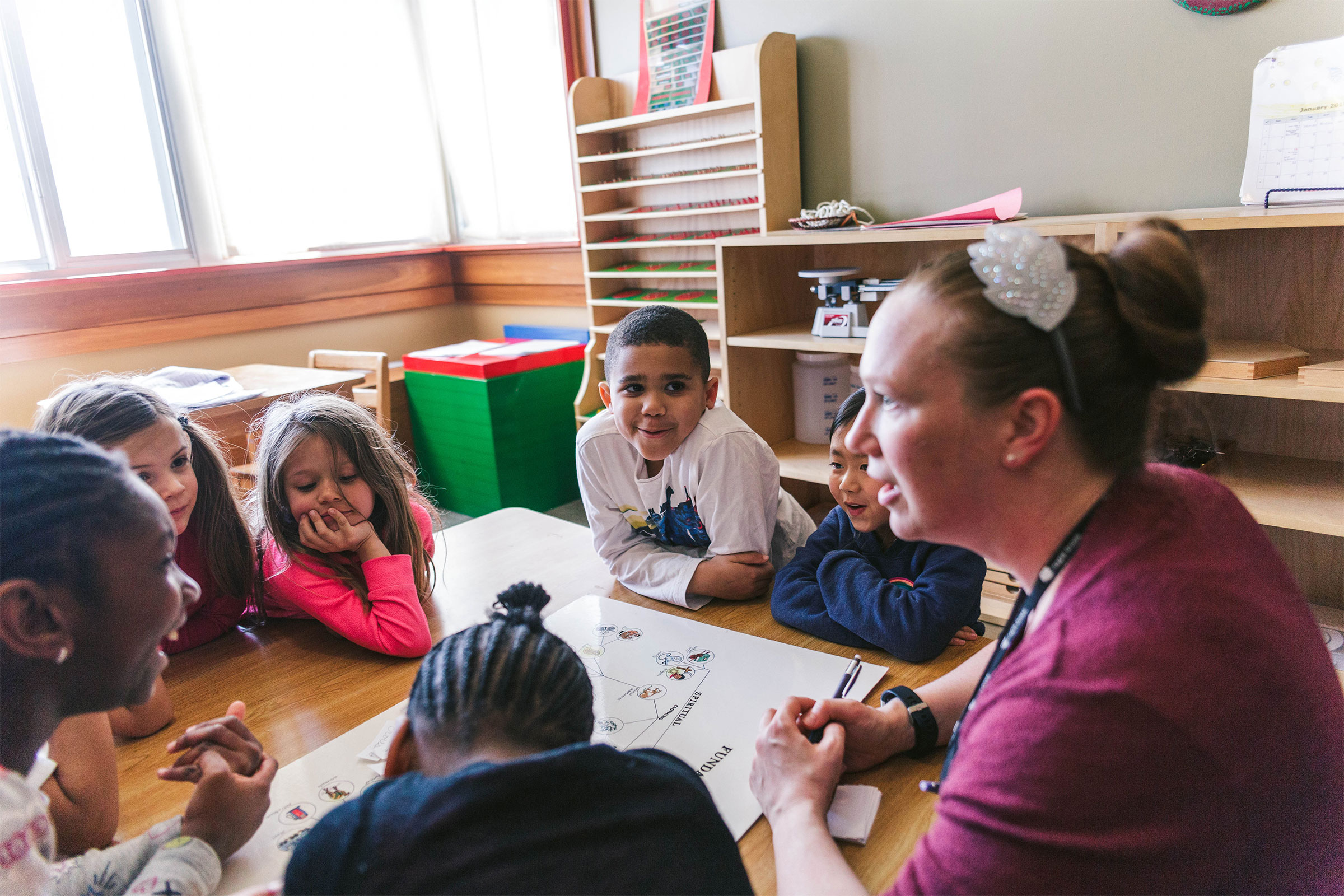This depends entirely on the age of the children.
In an Infant Community with children under the age of 2.5 years, many of these children are non-verbal and use pushing, hitting, and biting to get some of their needs met. We must stop the behaviour while saying to the perpetrator to “use your words, not your body”; “say NO”, etc. When this approach is taken and as children mature, we see less and less anti-social behaviour.
At the 2.5-6 level, in the Casa, we take a couple of approaches. Number one is to give information about what to do in certain social situations, giving children an opportunity to participate in little vignettes, and showing that they understand the process. We call these experiences Grace and Courtesy lessons. With children of this age, we can also have small group discussions about how it feels when someone says hurtful things or tries to solve a conflict with anti-social behaviour. We again remind children to use their words to solve the conflict, rather than their bodies.
At the 6-12 level, children have various experiences in studying social groups and how they are organized and governed, and how decisions are made. An attempt is made to draw from the children because rules are necessary for any social group and non-violent ways to solve conflict within a group. The normal living together of this aged group gives opportunities to explore rules and they are deeply interested in morality and fairness. This interest in morality is often the impetus behind reporting to an adult when someone is doing something against the rules; they are seeking clarity around the rules.
As children progress through the various levels of the Montessori School we see very few incidents of anti-social behaviour as children do prefer to live together peacefully, without conflict.
